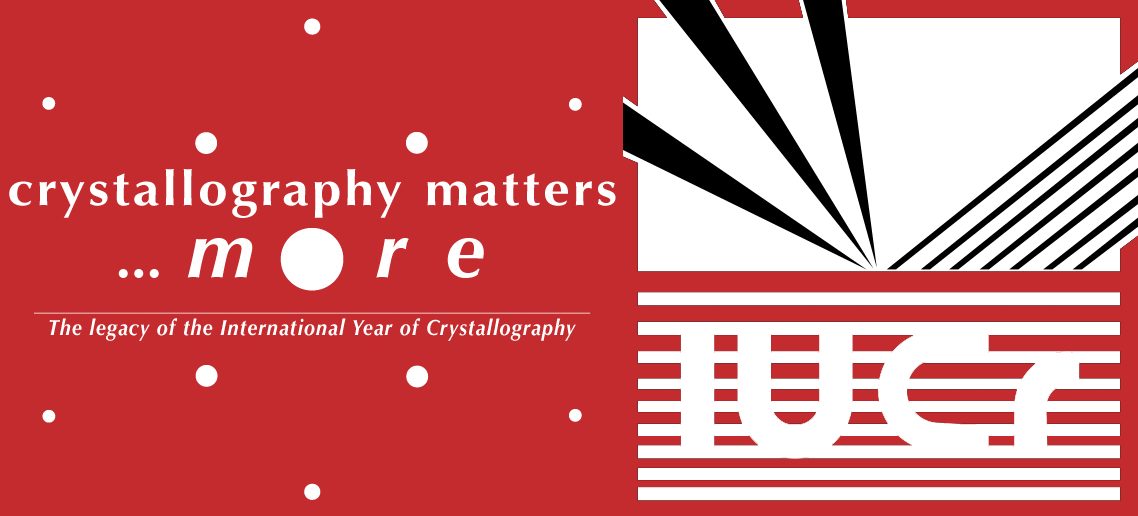issue contents
October 2018 issue

Cover illustration: 2,6-Diacetylpyridinebis(semicarbazone), DAPSC, is a potential pentadentate ligand that has gained interest in the design of single molecule magnets and as a potential antimicrobial agent in its metal-coordinated form. The room temperature crystal structure of a samarium(III) nitrate complex with DAPSC, tetraaqua[2,6-diacetylpyridine bis(semicarbazone)]samarium(III) trinitrate, is isomorphous with other known lanthanide(III) nitrate complexes with DAPSC. The cations in these structures have four coordinated water molecules such that their coordination geometry is best described as a distorted tricapped trigonal prism. The salts all have three nitrate counter-anions involved in myriad hydrogen bonds with the coordinated water molecules. See: Gioia, Crundwell & Westcott [IUCrData (2017). 3, x181454].
metal-organic compounds


 access
access

 access
access

 access
access

 access
accessorganic compounds


 access
access

 access
access

 access
access

 access
access

 access
access

 access
access

 access
access

 access
access

 journal menu
journal menu























![[publCIF]](/logos/authorchecklist11.gif)





